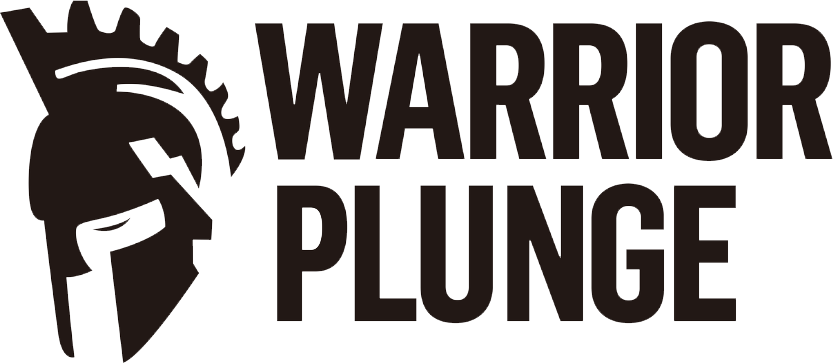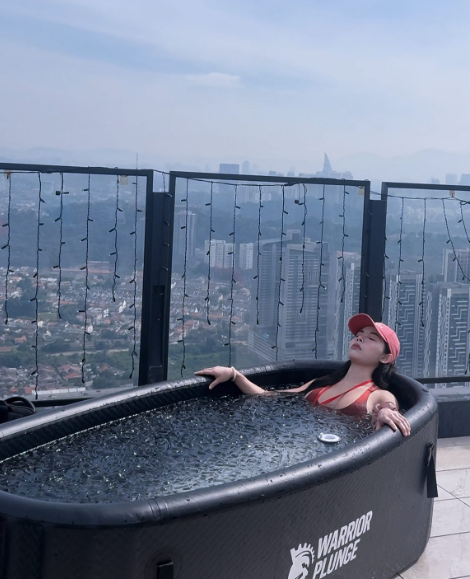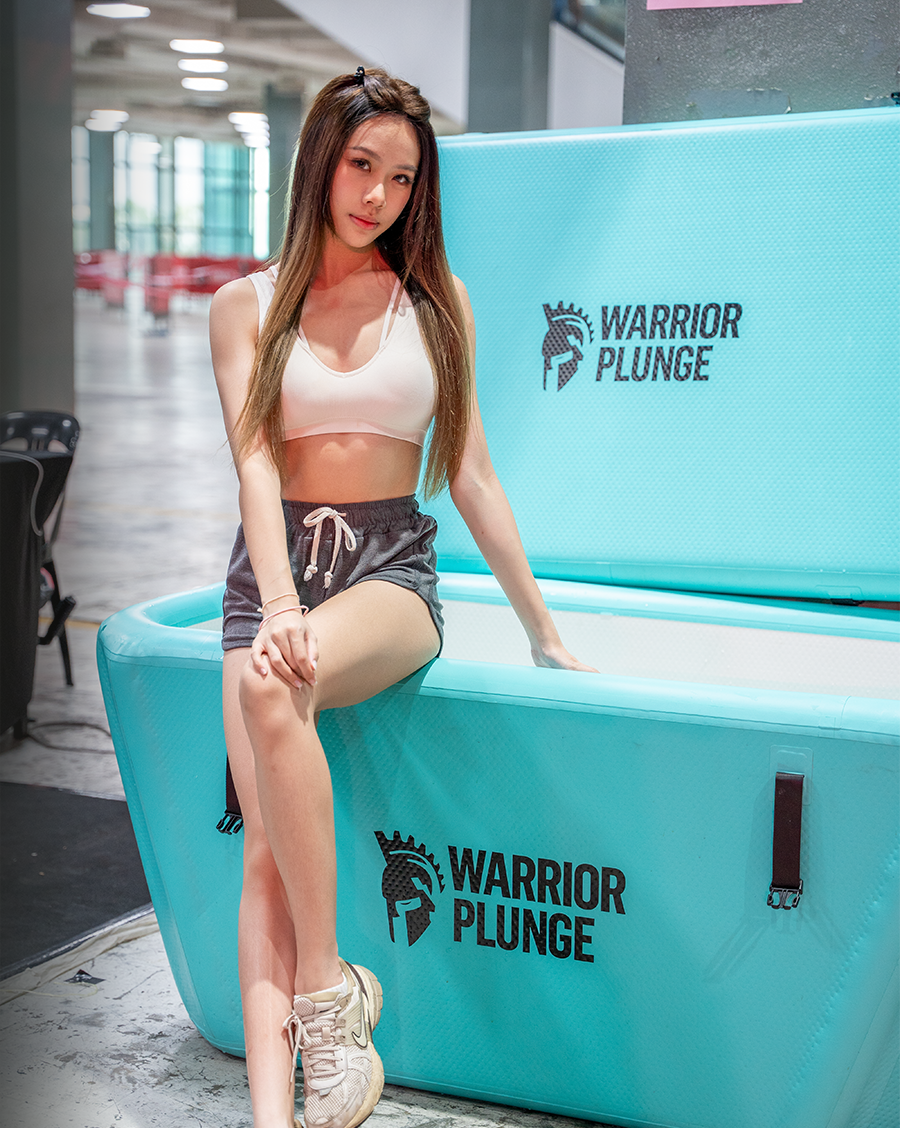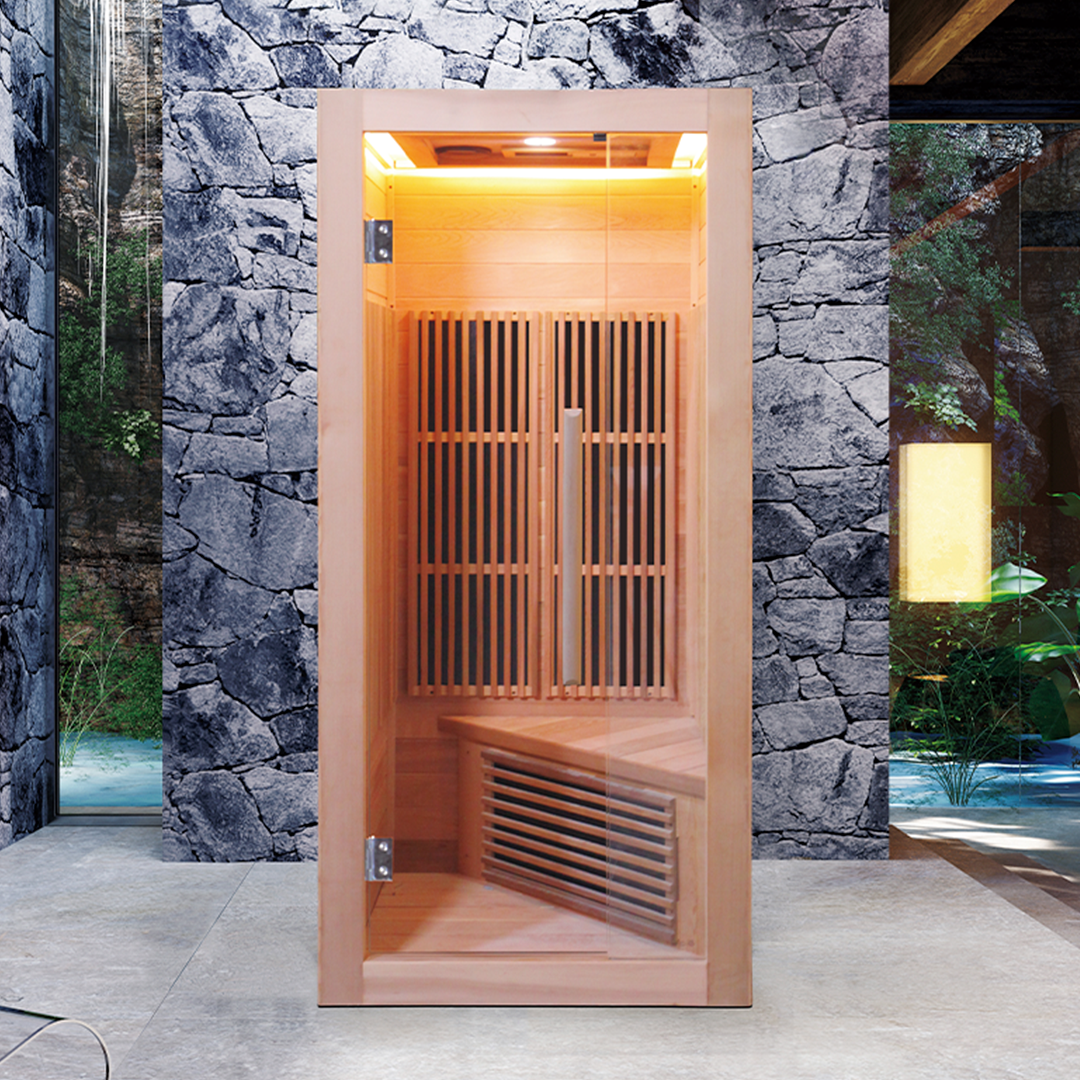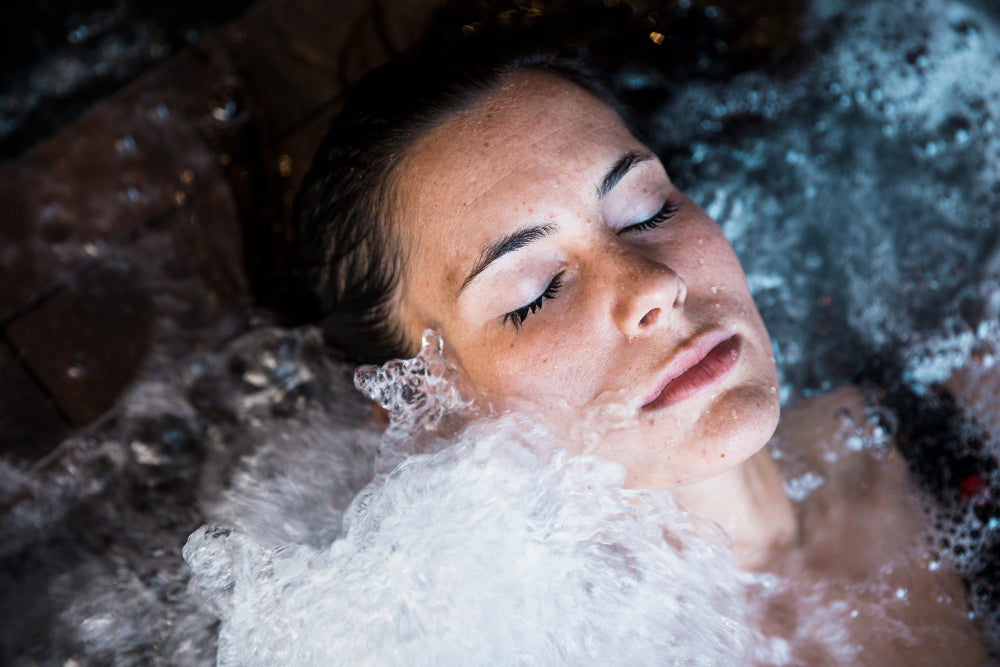Key Takeaways
- Boosts Circulation & Detox: Alternating heat and cold triggers vasodilation and vasoconstriction, creating a vascular flush that moves blood and lymph efficiently.
- Reduces Inflammation & Soreness: Helps clear lactic acid, reduce DOMS, and speed up muscle recovery post-exercise.
- Enhances Mood & Mental Clarity: Cold exposure boosts dopamine and norepinephrine, improving alertness, mood, and stress resilience.
- Improves Sleep & Recovery Quality: Regular practice supports deeper sleep, parasympathetic activation, and better hormonal balance.
- Outperforms Cryotherapy Alone: The hot-cold cycle delivers benefits cryotherapy can’t match, including mobility gains and circulatory stimulation.
- Therapeutic Applications: Backed by research for arthritis, fibromyalgia, nerve pain, fatigue, depression, and lymphatic conditions.
- Trusted by Athletes: Used by professionals to recover faster, reduce injury risk, and maintain performance under intense training loads.
- Accessible Alternatives Available: Contrast showers and DIY routines provide entry-level access to benefits without specialised equipment.
- Plug-and-Play Recovery at Home: Warrior Plunge’s complete contrast therapy system makes it easy to integrate hot-cold therapy into your routine—no ice or plumbing required.
Introduction
Fifteen minutes in a warm sauna followed by three minutes in an ice-cold plunge. Your heart races, circulation surges, and your body initiates a powerful recovery response that's transforming modern wellness.
Contrast therapy alternates between hot and cold exposure to enhance circulation, reduce inflammation, and promote faster recovery. From elite athletes to everyday wellness enthusiasts, this science-backed method delivers remarkable benefits for both body and mind.
But before diving into the protocols and benefits, let's establish exactly what contrast therapy is and why it's gaining recognition in both medical and athletic communities.
What is Contrast Therapy?
Contrast therapy, also known as contrast hydrotherapy, involves alternating between hot and cold temperatures to stimulate healing responses. While this might seem like a modern biohacking trend, its roots stretch back thousands of years to ancient civilizations who understood the power of temperature extremes. Ancient Romans used hot baths followed by cold plunges, while Finnish traditions embraced sauna-to-ice rituals for centuries.
Modern research now explains why these temperature extremes optimise recovery, boost immunity, and enhance mental resilience.
Understanding this historical foundation helps us appreciate why contrast therapy has endured—but what makes it different from other recovery methods available today?
How Contrast Therapy Compares to Other Methods
What's the Difference Between Contrast Therapy and Cryotherapy?
While cryotherapy uses extreme cold (-129°C to -157°C) for very short periods, contrast therapy uses moderate temperatures (10-82°C) for longer durations. The alternating hot-cold cycle creates a "vascular flush" effect that cryotherapy alone cannot achieve.
Contrast Therapy vs. Other Recovery Methods
Compared to static recovery methods like compression therapy or massage, contrast therapy actively engages your cardiovascular system. While massage works externally on muscles, contrast therapy triggers internal physiological changes that flush metabolic waste and deliver fresh nutrients throughout the body.
Now that we understand what sets contrast therapy apart, let's explore the fascinating science behind why alternating temperatures create such powerful healing responses.
How Does Contrast Therapy Work?
Contrast therapy involves alternating between heat exposure (such as a sauna) and cold immersion (like a cold plunge or ice bath). The goal is to trigger rapid changes in your blood vessels, circulation, and nervous system for a wide range of recovery and wellness benefits.
Step 1: Heat Phase (e.g. sauna, steam)
- The body responds to heat by vasodilation — blood vessels expand, increasing blood flow to the skin and extremities (hands, feet, fingers, toes).
- This rise in circulation delivers oxygen and nutrients while helping muscles relax and joints loosen up.
- Sweating also supports detoxification by clearing waste through the skin.
Step 2: Cold Phase (e.g. ice bath, cold plunge)
- In cold water, the opposite happens — vasoconstriction occurs. Blood vessels tighten, redirecting blood away from the skin toward vital organs to preserve core temperature.
- This helps reduce inflammation, slow nerve conduction (reducing pain), and promote parasympathetic activation — your body’s natural “rest and recover” mode.
The Alternating Cycle
Switching between heat and cold creates a natural “pumping” effect in your circulatory and lymphatic systems. This enhances:
- Waste removal (e.g. lactic acid, inflammatory byproducts)
- Fresh blood and oxygen delivery
- Recovery speed and energy regulation
Done in cycles (e.g. 15 minutes sauna → 2–5 minutes cold plunge, repeated 2–3 times), contrast therapy taps into your body’s innate ability to adapt, heal, and build resilience.
Understanding this heat-then-cold process is key to why contrast therapy delivers powerful physical recovery and mental restoration in one session.
Comprehensive Benefits of Contrast Therapy
Physical Benefits
The physical advantages of hot and cold contrast therapy are impressive and well-documented:
- Accelerated muscle recovery: Reduces post-exercise soreness
- Enhanced circulation: Improves blood flow to extremities and vital organs
- Reduced inflammation: Lowers inflammatory markers throughout the body
- Pain relief: Natural endorphin release provides analgesic effects
- Strengthened immunity: Controlled stress response boosts immune function
- Better skin health: Enhanced circulation promotes healthy, glowing skin
Mental Health Benefits
The wellness benefits of contrast therapy extend far beyond physical recovery:
- Stress resilience: Builds mental toughness and adaptability
- Mood enhancement: Cold exposure increases dopamine and noradrenaline
- Cognitive clarity: Improved brain blood flow enhances mental sharpness
- Sleep quality: Better circadian rhythm regulation and deeper sleep
- Emotional regulation: Discomfort tolerance training improves emotional control
Specialized Athletic Benefits
Professional athletes increasingly use contrast therapy for:
- Faster recovery between training sessions
- Reduced muscle soreness (DOMS) and fatigue
- Flushes out excess lactic acid
- Increases joint mobility
- Enhanced performance readiness
- Improved training capacity
- Lower injury risk through better circulation
These benefits don't all arrive at once—here's what you can expect and when during your contrast therapy journey.
Timeline of Benefits
How Long Does it Take for Contrast Therapy to Work?
- Immediate (0-24 hours): Enhanced mood, reduced muscle tension, improved circulation
- Short-term (1-7 days): Better sleep quality, reduced inflammation
- Long-term (30+ days): Improved stress resilience, enhanced recovery capacity
Beyond general wellness, research reveals contrast therapy's potential for addressing specific health conditions.
Therapeutic Applications
Research supports contrast therapy for various conditions:
- Arthritis: Reduced joint pain and stiffness
- Fibromyalgia: Decreased pain sensitivity, improved sleep
- Chronic fatigue: Enhanced energy levels
- Depression: Mood improvement through neurotransmitter balance
- Multiple myeloma: 50% reduction in nerve pain
- Lymphoedema: Stimulates lymphatic drainage
Ready to experience these benefits yourself? Here's your step-by-step guide to implementing contrast therapy safely and effectively.
How to Do Contrast Therapy: Complete Protocols
Popular Contrast Therapy Methods
Several methods deliver contrast therapy benefits:
- Sauna to ice bath: Maximum temperature differential, optimal benefits
- Hot and cold showers: Accessible for beginners and daily use
- Contrast pools: Professional facility option with controlled temperatures
- Steam room to cold plunge: Humid heat alternative
Classic Contrast Therapy Protocol:
- Warm-up: 3-5 minutes of moderate activity
- Hot phase: 15-20 minutes in sauna (71-82°C)
- Cold phase: 2-5 minutes in ice bath (10-15°C)
- Repeat: 2-3 cycles, ending with cold
- Cool-down: Gentle movement and hydration
Beginner Protocol:
Start conservatively and build tolerance gradually:
- Hot phase: 10-15 minutes at 60-71°C
- Cold phase: 1-2 minutes at 16-18°C
- Cycles: Maximum 2 rounds
- Frequency: 2-3 times per week
Temperature Guidelines
|
Experience Level |
Hot Phase |
Cold Phase |
|
Beginner |
60-71°C |
16-21°C |
|
Intermediate |
71-82°C |
10-15°C |
|
Advanced |
77-88°C |
4-10°C |
Optimal Timing Ratios
Use a 3:1 to 4:1 ratio (hot:cold):
- 15 minutes hot: 4 minutes cold
- 20 minutes hot: 5 minutes cold
- 10 minutes hot: 3 minutes cold (beginners)
Always end with the cold phase for maximum benefits.
Alternative Method: Contrast Shower Protocol
Perfect for beginners or daily maintenance:
- Start with warm water (3-5 minutes)
- Switch to cold water (30-90 seconds)
- Return to warm (2-3 minutes)
- Repeat 3-4 cycles
- End with cold water
Benefits: Improved circulation, mood enhancement, increased alertness.
Best for: Daily routine, travel situations, building tolerance
While contrast therapy offers remarkable benefits, it's crucial to understand who should exercise caution before beginning any contrast therapy program.
Safety Considerations: Is Contrast Therapy Safe for Everyone?
While generally safe for healthy individuals, certain conditions require caution:
Absolute Contraindications
- Severe cardiovascular disease
- Uncontrolled hypertension
- Pregnancy (consult your healthcare provider)
- Open wounds or infections
- Severe diabetes with circulation issues
- Severe kidney disease
Potential Side-effects
- Initial dizziness or lightheadedness
- Temporary skin redness or irritation
- Fatigue if overdone
- Mild headaches in some individuals
- Temporary changes in blood pressure
Safety Guidelines
- Start slowly and build tolerance gradually
- Stay hydrated before, during, and after sessions
- Never practise alone, especially when beginning
- Monitor your body's responses carefully
- Exit immediately if you feel unwell
When to Consult a Medical Professional
Always seek guidance from a qualified medical professional (e.g. physician or specialist) before starting contrast therapy if you have any existing health concerns. Many doctors are familiar with contrast therapy protocols and can advise whether it's safe and suitable for your condition.
Seek medical advice if you have:
- Any cardiovascular conditions
- Blood pressure medications
- Diabetes or metabolic disorders
- Autoimmune conditions
- Recent surgeries or injuries
- Pregnancy or nursing
- Any chronic health conditions
Once you've confirmed contrast therapy is safe for you, the next step is choosing the right equipment for your goals and budget.
Equipment and Setup Options for Contrast Therapy at Home
Essential Equipment
- Sauna or steam shower
- Ice bath or cold plunge tub
- Thermometer for temperature monitoring
- Timer for session management
- Towels and robes for transitions
Professional-Grade Solutions
Warrior Plunge's complete contrast therapy systems offer:
- Professional-grade chillers for consistent cold temperatures
- Military-grade inflatable tubs for durability
- Plug-and-play setup requiring no ice
- Compatible sauna systems for complete contrast therapy
Budget Considerations
- Basic setup: RM 3,000-8,000 (portable units, DIY solutions)
- Mid-range setup: RM 8,000-15,000 (quality integrated systems)
-
Premium setup: RM 15,000-30,000+ (professional-grade equipment)
Investment in quality equipment ensures consistent performance, safety, and long-term durability.
With equipment sorted, let's address optimal timing and frequency to maximize your results.
Frequency and Timing Recommendations
General Frequency Guidelines
- Beginners: 2-3 sessions per week
- Regular practitioners: 4-5 sessions per week
- Athletes in training: Daily sessions (with monitoring)
-
Recovery periods: Scale back during illness or high stress
Optimal Post-Workout Contrast Therapy Timing
- Begin within 30-60 minutes post-exercise
- Allow slight body temperature normalisation first
- Complete the session within 2 hours of training
Should I Do Contrast Therapy Immediately After Working Out?
While beneficial, immediate contrast therapy isn't always necessary. Allow 15-30 minutes for your body temperature to normalise, ensuring you're well-hydrated before beginning contrast therapy. For high-intensity training, contrast therapy within the first hour maximises recovery benefits.
For those new to contrast therapy, success lies in proper progression and building sustainable habits.
Learn why contrast therapy matters in your recovery, especially if you are a Weekend Warrior.
Getting Started with Contrast Therapy
For Beginners
- Start with contrast showers to build tolerance
- Begin with moderate temperatures and shorter durations
- Focus on consistency over intensity
- Track your responses and adjust accordingly
- Consider professional guidance for optimal protocols
Building Your Routine
- Week 1-2: Focus on temperature tolerance
- Week 3-4: Extend duration gradually
- Month 2+: Establish consistent frequency
- Long-term: Fine-tune based on goals and responses
Bottom Line: Recover Smarter, Live Stronger with Contrast Therapy
Contrast therapy represents one of the most powerful, natural recovery tools available today. Whether you're an athlete seeking peak performance or someone looking to optimise health and vitality, alternating hot and cold exposure delivers undeniable benefits.
The key to success lies in consistency, proper progression, and listening to your body. Start conservatively, build tolerance gradually, and focus on the long-term journey.
Transform your recovery. Enhance your resilience. Elevate your life.
Ready to experience the transformative power of contrast therapy? Start your contrast therapy journey today with Warrior Plunge's complete contrast therapy solutions.
Contact us today for a consultation!
Read more
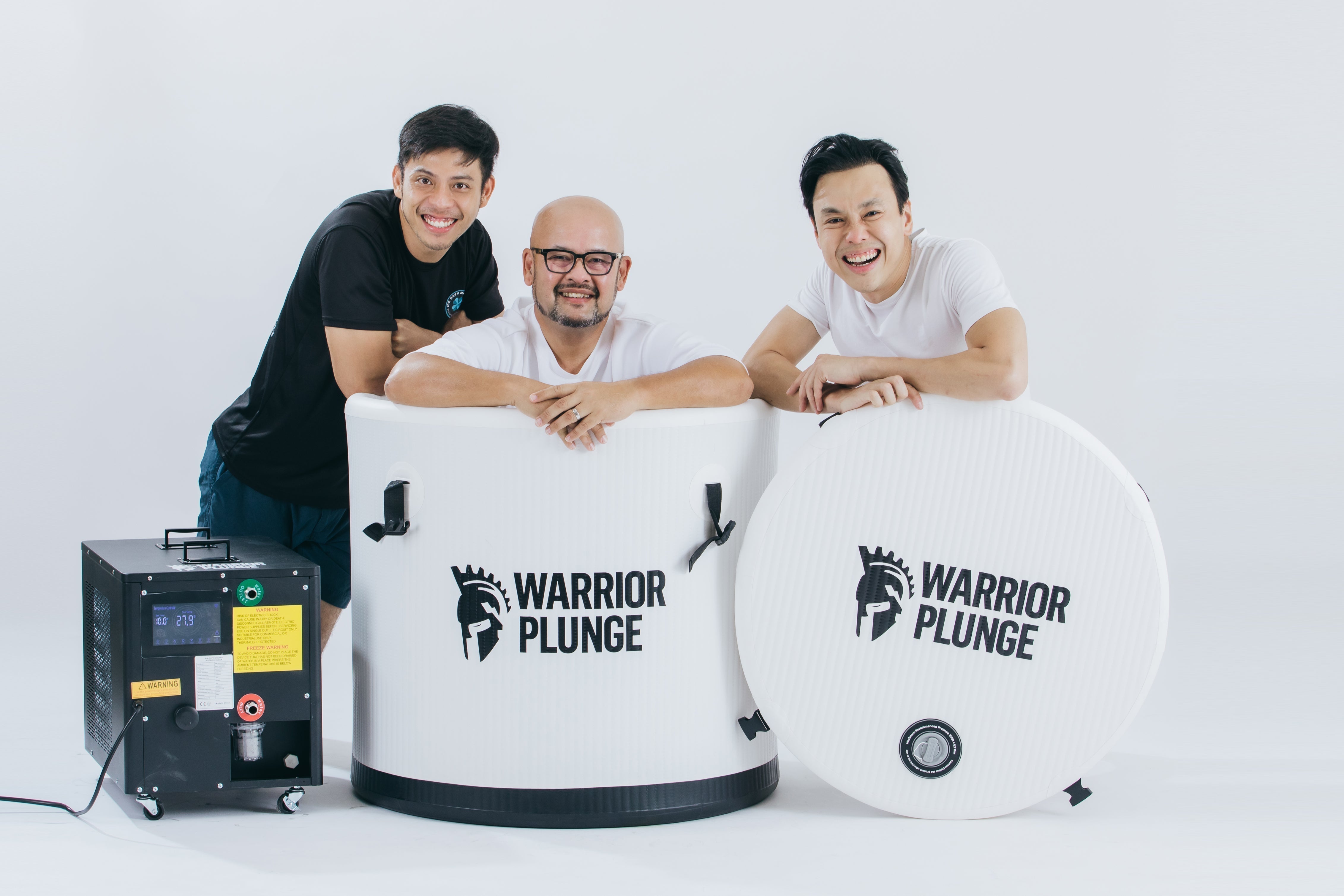
Key Takeaways Weekend warriors compress intense physical activity into 1-2 days per week, emerging as a strategic fitness approach for busy professionals with scientifically validated effectivenes...
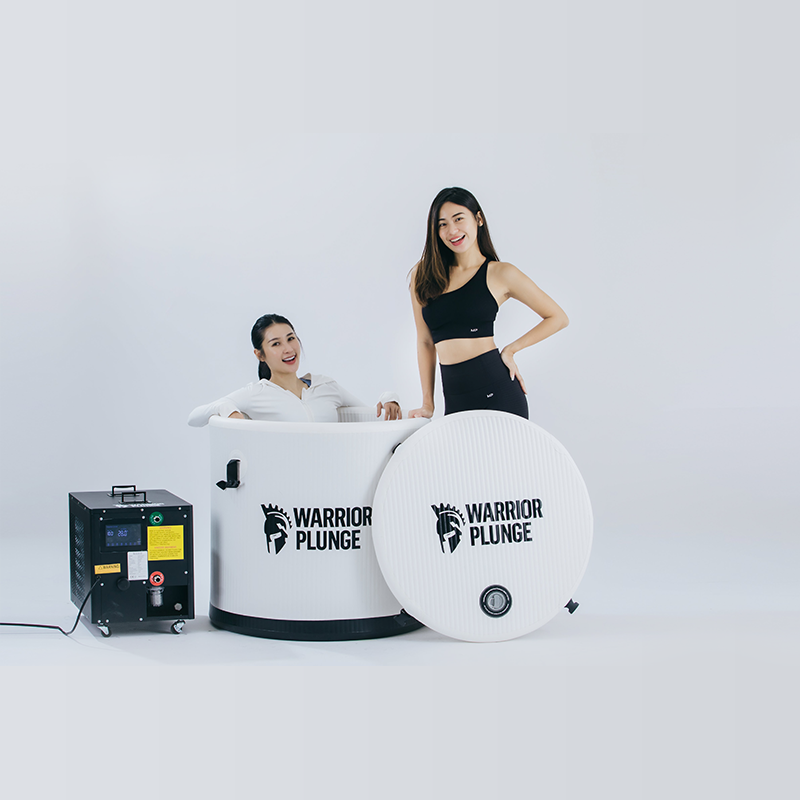
Ice bath for face benefits: Reduce puffiness, tighten pores, boost mood & improve sleep in 30 seconds. Complete guide with safety tips & protocols.
